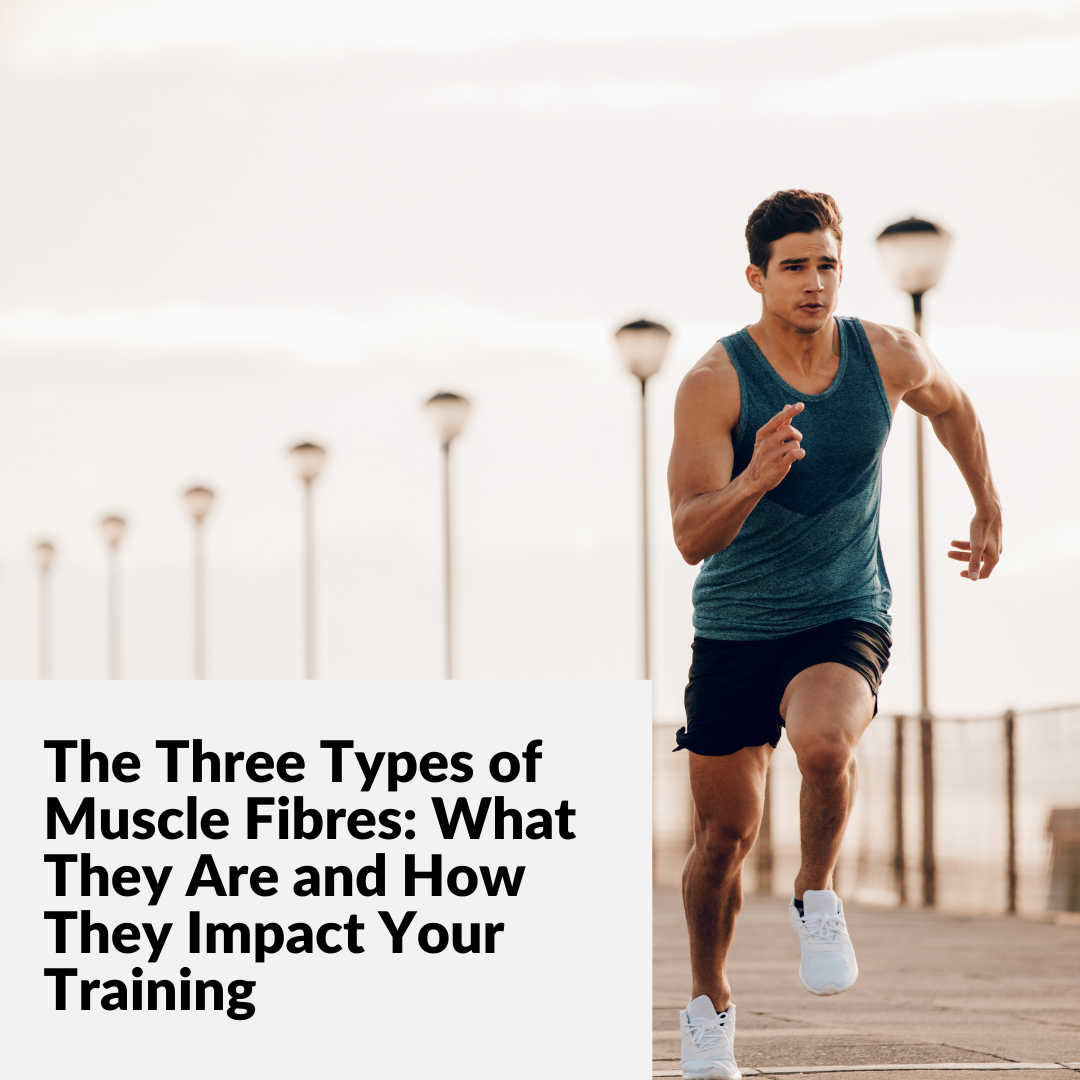
When it comes to understanding how your body performs during exercise, knowing about muscle fibres is a game-changer. Your muscles aren’t one-size-fits-all; they’re made up of different types of fibres that influence how you move, how much power you can generate, and how long you can sustain activity. Let’s break down the three types of muscle fibres, their unique characteristics, and how they play into your fitness goals.
1. Slow-Twitch Fibres (Type I)
Key Features:
- Endurance Powerhouses: These fibres are designed for sustained, low-intensity activities like running long distances or cycling.
- Fatigue Resistance: They rely on aerobic metabolism, using oxygen efficiently to produce energy.
- Force Output: While they’re not the strongest fibres, they excel at repeated contractions over a long period.
Best For: Endurance athletes like marathon runners, triathletes, and hikers depend on slow-twitch fibres to keep them going during extended workouts.
How to Train Them: Focus on steady-state cardio, long runs, and lower-intensity activities performed over an extended duration. Think 60-90 minutes of continuous exercise at a conversational pace.
2. Fast-Twitch Fibres (Type IIx)
Key Features:
- Explosive Power: Type IIx fibres generate a lot of force in a short amount of time.
- Quick Fatigue: These fibres rely on anaerobic metabolism, producing energy quickly but tire out just as fast.
- Speed and Strength: They’re perfect for activities that require short bursts of maximal effort.
Best For: Sprinters, powerlifters, and anyone involved in sports or activities requiring short, intense bursts of energy.
How to Train Them: Incorporate explosive movements like sprints, heavy lifting, or plyometric exercises into your workouts. Think short, high-intensity intervals with ample recovery.
3. Fast-Twitch Fibres (Type IIa)
Key Features:
- Versatile Players: These fibres are a hybrid between slow-twitch and Type IIx fibres.
- Moderate Endurance and Power: They can sustain activity longer than Type IIx fibres but generate significant force.
- Adaptability: With specific training, Type IIa fibres can lean more toward endurance or power, depending on the demand.
Best For: Athletes who need a balance of strength and endurance, like soccer players, basketball players, and CrossFit enthusiasts.
How to Train Them: Use moderate to heavy strength training, circuit training, or mid-distance intervals. Workouts like 400-meter repeats, or a mix of resistance and cardio can help maximize Type IIa fibre performance.
Why Understanding Muscle Fibres Matters
Knowing your muscle fibre composition can help you tailor your training to meet specific goals. While genetics play a role in how much of each type you naturally have, your training style can influence how these fibres develop and perform.
- For Endurance: Focus on building your Type I fibres with steady, consistent activity.
- For Power and Strength: Prioritize Type IIx fibres with heavy, explosive training.
- For Balance: Develop Type IIa fibres by blending strength and endurance-focused workouts.
Takeaways for Your Training Plan
By understanding the three types of muscle fibres, you can:
- Optimize Your Workouts: Match your training to your performance goals.
- Reduce Injury Risk: Train your fibres in a way that supports balanced muscle development.
- Maximize Results: Use specific exercises to target the fibres that align with your objectives.
Whether aiming to run farther, lift heavier, or perform better on the field, tapping into the power of your muscle fibres can elevate your results. Train smart, and let your body’s unique capabilities shine!
Leave a Comment
You must be logged in to post a comment.
0 Comments